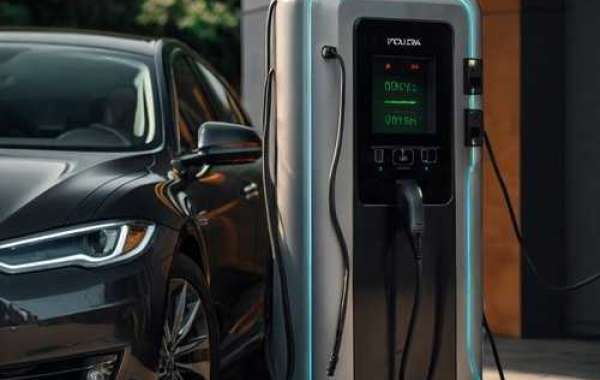The adoption of electric vehicles (EVs) is one of the most significant trends in the automotive industry, driven by the need for cleaner, more sustainable transportation solutions. As the demand for electric cars continues to rise, the infrastructure that supports them—namely EV chargers—will need to evolve to accommodate this growing market. By 2031, we can expect a range of exciting trends in the EV charger market that will redefine the way we power our electric vehicles.
The EV charger market is on the brink of rapid growth due to the increasing adoption of electric vehicles globally. By 2031, the availability and accessibility of EV chargers will be far more widespread than it is today, with charging points becoming a regular feature in urban areas, commercial properties, and even rural locations. Governments worldwide are investing heavily in expanding EV infrastructure to encourage the switch to electric mobility. In many countries, incentives and subsidies are being introduced to make it easier for businesses and homeowners to install EV chargers, boosting the market’s growth prospects.
One of the most notable trends in the EV charger market will be the rise of ultra-fast and smart charging stations. Fast-charging technology will be a key driver in overcoming one of the main barriers to EV adoption—charging time. Ultra-fast chargers that can replenish an EV’s battery to 80% in just 15-20 minutes will become more commonplace in commercial and public spaces by 2031. In addition, the integration of smart charging systems will help users optimize their charging experience by connecting chargers to grid systems that can balance load demand and reduce costs.
The evolution of wireless charging will also play a significant role in shaping the EV charger market in the coming years. By 2031, wireless charging technology could become more mainstream, allowing for convenient, cable-free charging at both public and home stations. This innovation will simplify the charging process, making it as easy as parking a car in the right spot. Wireless charging stations will also reduce wear and tear on physical connectors, enhancing the overall durability of charging infrastructure.
As sustainability continues to be a priority, renewable energy integration will emerge as a major trend in the EV charger market. Charging stations powered by solar, wind, and other renewable sources will become increasingly popular, offering an eco-friendly alternative to traditional grid-powered chargers. By 2031, more charging stations will be designed to operate off-grid, using solar panels or wind turbines to generate electricity and reduce the environmental footprint of EV charging.
The EV charger market will also see a surge in collaboration between key players in the automotive and energy sectors. Partnerships between automakers, energy providers, and tech companies will drive the development of cutting-edge charging solutions and a more interconnected EV ecosystem. As a result, the availability of charging stations will be more seamless and easier to access, with the introduction of user-friendly apps and digital platforms to help consumers locate, reserve, and pay for charging services.
Finally, the EV charger market will witness a greater focus on energy efficiency and grid integration. Smart grids that enable real-time monitoring of energy usage will help prevent grid overload during peak demand times, while helping users save money by charging their EVs at off-peak hours when electricity is cheaper. These systems will contribute to reducing the strain on national grids and improve the overall efficiency of charging networks.
In conclusion, the EV charger market is set for significant growth and innovation by 2031. With technological advancements in fast charging, wireless charging, and smart grid integration, the transition to electric vehicles will become smoother and more accessible. These trends will help accelerate the shift towards a greener, more sustainable transportation system worldwide.














